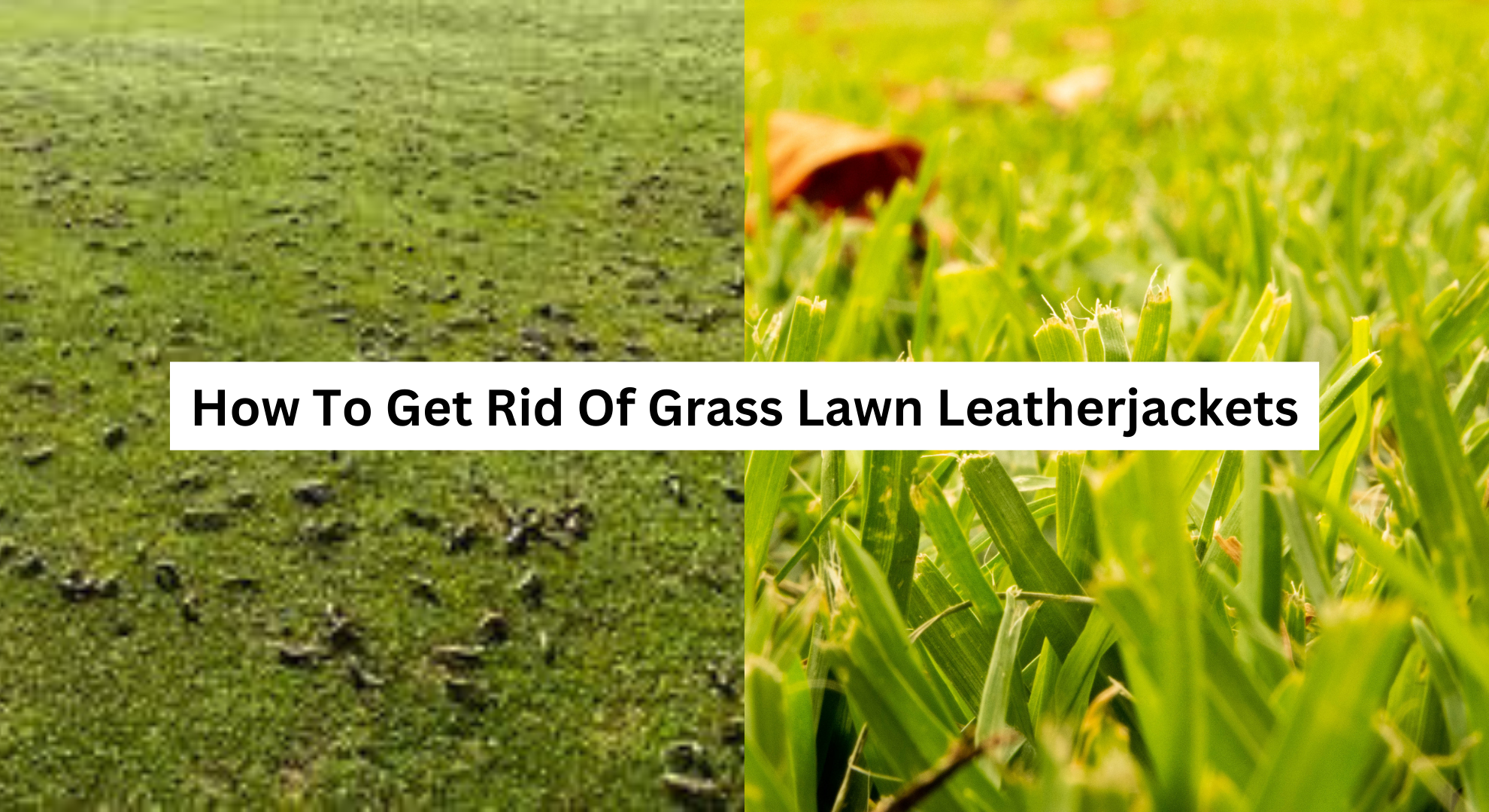Table of Contents
Do you have leather jackets damaging your lawn? Don’t worry. We’re here to help! Leatherjackets are the larvae of crane flies and can harm your lawn by eating the roots of the grass. In this article, we’ll show you easy ways to how to get rid of leatherjackets pests and restore your lawn’s health. You can use natural methods like nematodes or chemical insecticides to eliminate leather jackets. We’ll explain everything you need to know and provide tips for keeping your lawn healthy in the future. So, if you want to get rid of leather jackets and improve the appearance of your lawn, keep reading!
Leatherjackets are baby bugs that turn into daddy longlegs. They look like worms and can be grey or brown. They eat the roots of grass and other plants, which can harm lawns and other green areas. You might see them in the fall or spring, and the grown-up daddy longlegs fly around lights at night. They’re not dangerous to people or pets, but they can be a problem for gardeners and people who care about their lawns.
They can be grey or brown and look like worms. They have soft, long bodies with segments and dark heads with strong jaws that they use to eat plant roots. As they get bigger, they crawl on the ground or grass.
Ways to Get Rid of Leatherjackets
1. Biological Control
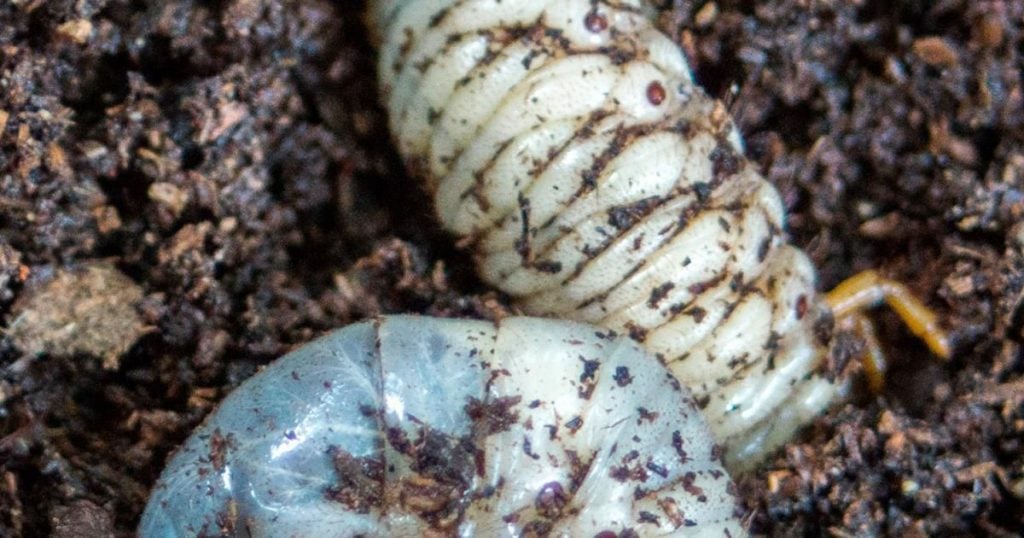
This method involves introducing natural predators of the leatherjackets into your lawn, such as birds and nematodes. You can buy nematodes at garden centres and online, and they can be applied to your lawn with a watering can. Nematodes are harmless to humans, pets, and other wildlife.
2. Chemical Control
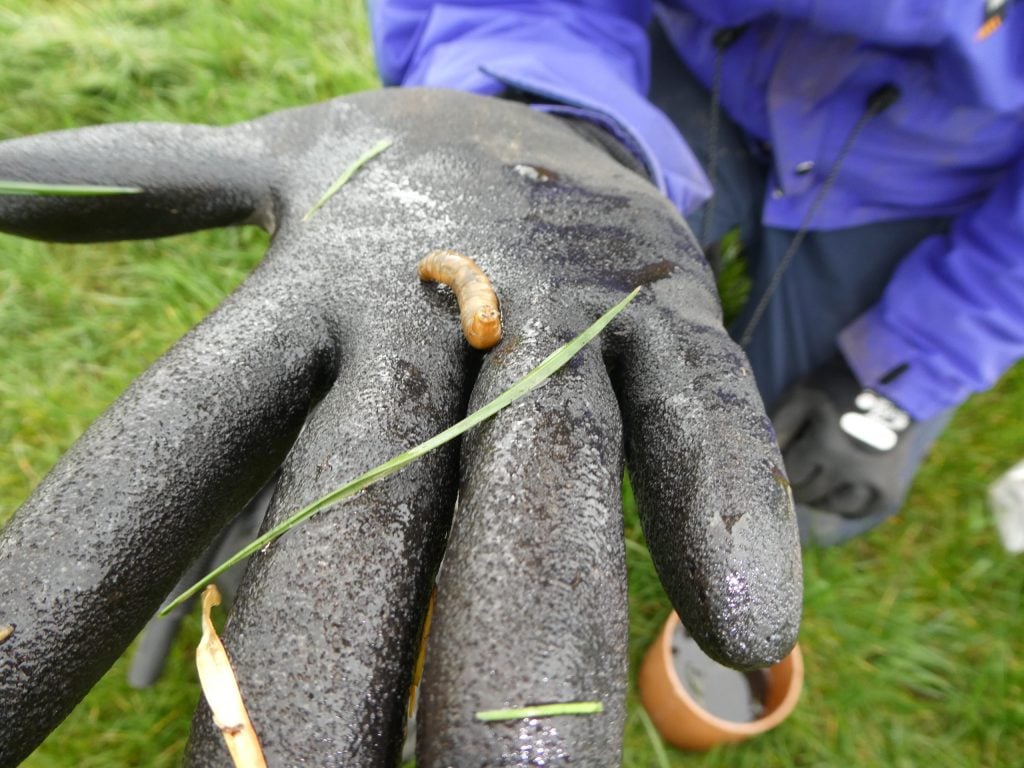
You can use pesticides to kill leather jackets. These can be applied to your lawn in a spray or granular form. However, be careful when using chemicals, as they can harm other wildlife and beneficial insects. Follow the instructions on the package carefully.
3. Cultural Control
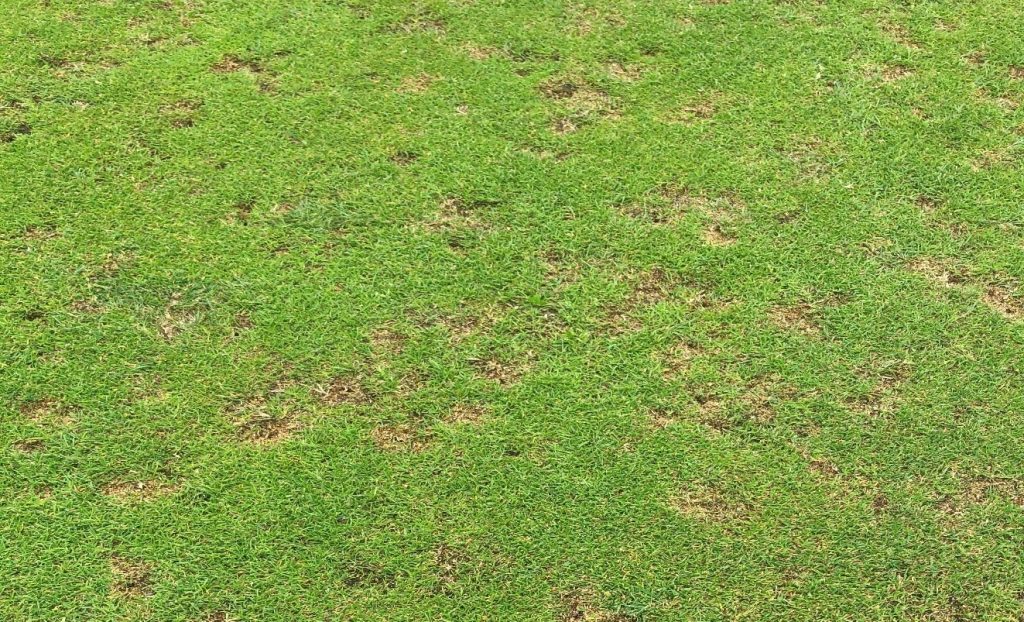
This involves changing the way you care for your lawn to make it less hospitable to leather jackets. For example, avoid over-watering your lawn and allow it to dry out a bit between waterings. This will make it harder for the leather jackets to survive. Also, avoid over-fertilizing your lawn, as this can attract insects.
4. Physical Control
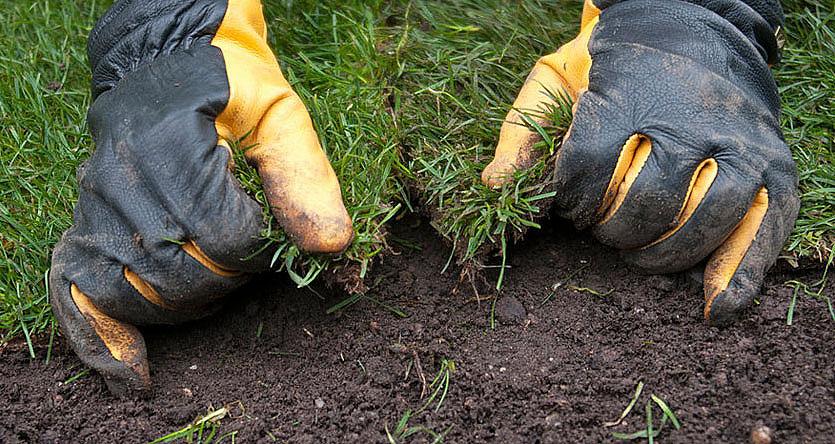
You can manually remove the leather jackets from your lawn by digging them up with a trowel or fork. This method is time-consuming and may not be effective for large infestations. Also, wear shoes while dealing with insects like leather jackets.
5. Soil Cultivation
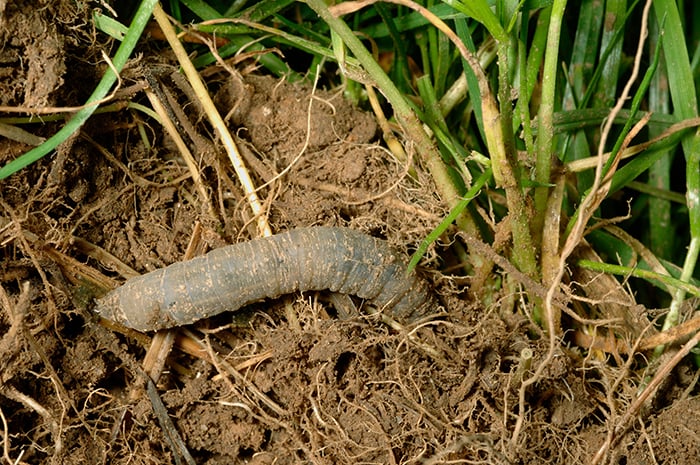
Make small holes in the lawn using a garden fork or aerator. This helps predators and nematodes reach the leatherjacket larvae. The frequent visiting of predators will help in getting the leather jackets off your lawn for good.
How To Get Rid Of Grass Lawn Leatherjackets
1. Identify the Problem
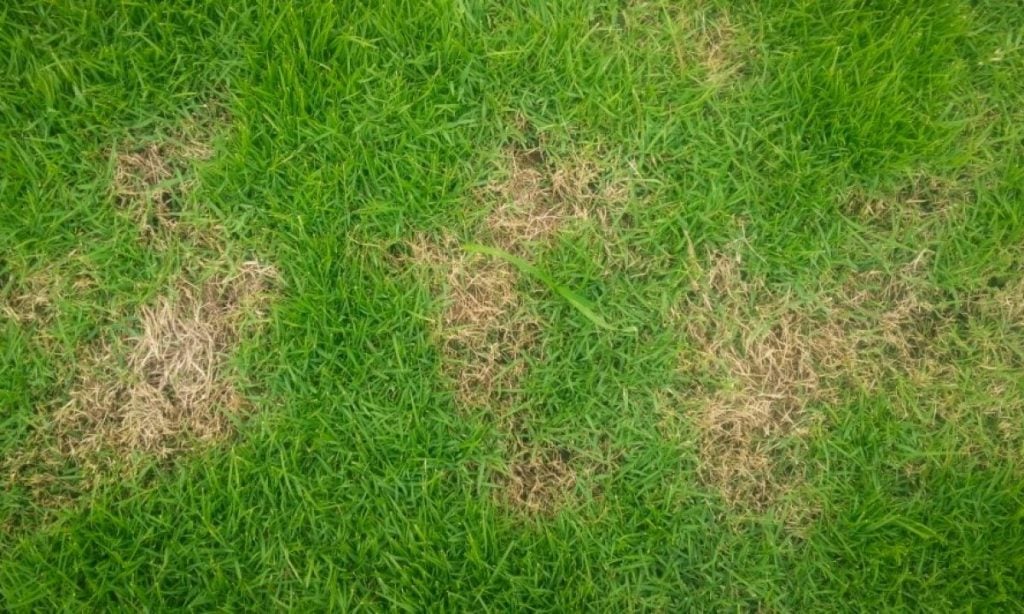
If you notice brown patches on your lawn, spongy or soft areas underfoot, or birds feeding heavily on your grass, it may indicate a leather jacket infestation. They are known to make the soil loose and make them unfit for cultivation.
2. Promote Healthy Grass Growth
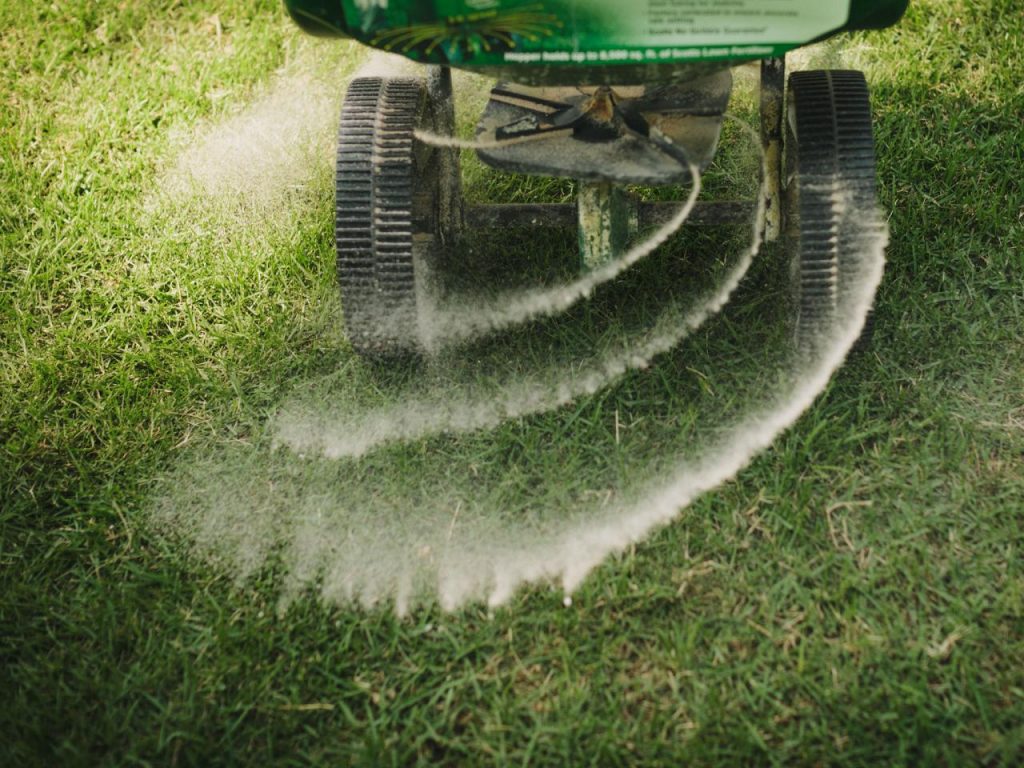
Leatherjackets tend to target weak or damaged grass, so promoting healthy growth by regularly watering, fertilizing and mowing your lawn can help prevent infestations. Preventive measures like these will go a long way in keeping the leather jackets off your lawn.
3. Apply Nematodes
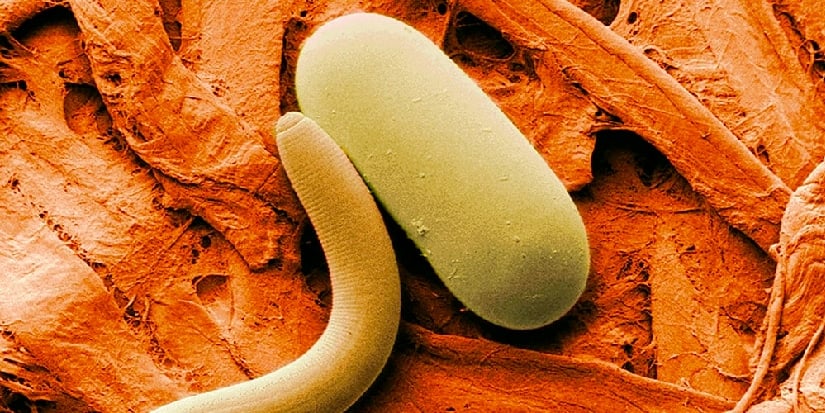
Nematodes are microscopic worms that feed on the larvae of leather jackets. They can be purchased at most garden centres and applied to your lawn with a watering can or sprayer. Such predators of leatherjackets help the lawn stay pests and insects-free.
4. Use Pesticides
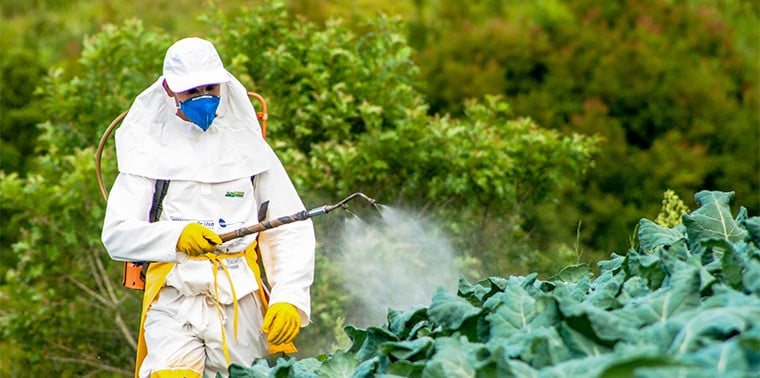
There are several pesticides available that are effective in controlling leather jackets. Be sure to follow the instructions carefully and use protective gear when applying. Always use pesticides as per the recommendation, which is usually mentioned on the package itself.
5. Attract Birds
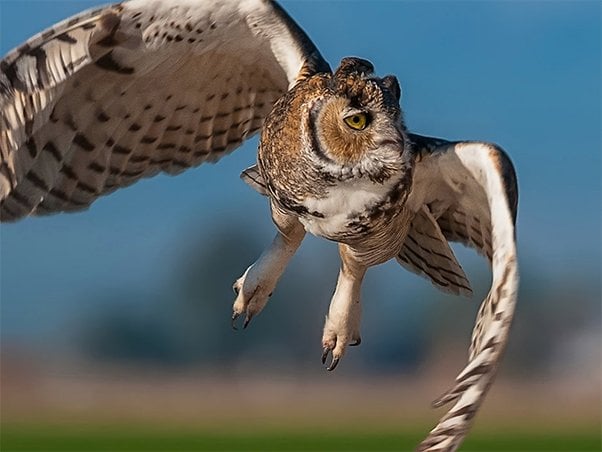
Birds are natural predators of leather jackets and can help reduce their population. Attract them to your lawn by providing bird feeders and bird baths. Frequent visiting of birds will add to the beauty of your lawn and enhance its diversity.
6. Remove Thatch
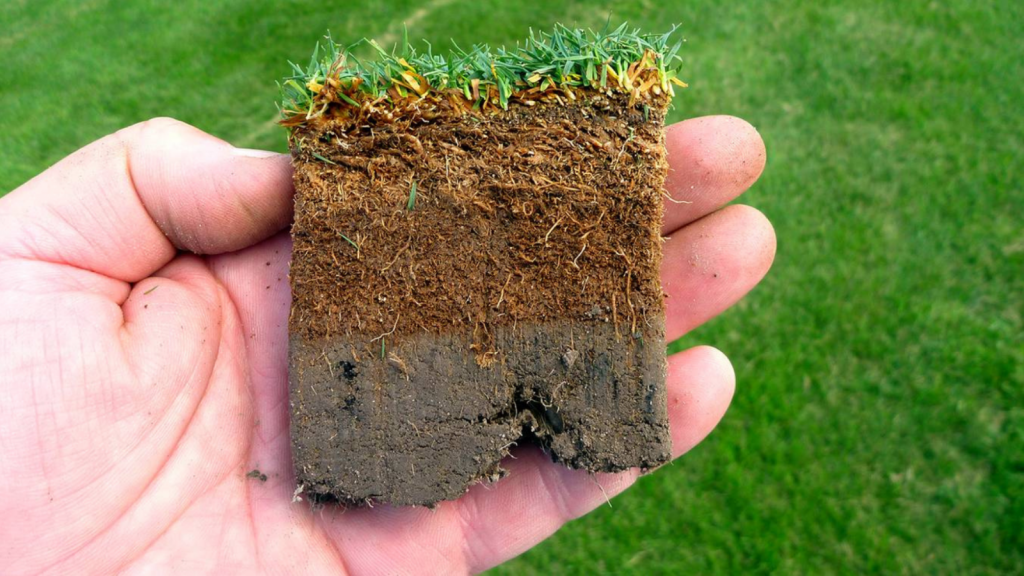
Thatch, which is the layer of dead grass and other organic matter that accumulates on your lawn, can provide a breeding ground for leather jackets. Regularly raking or dethatching your lawn can help reduce their numbers.
It’s important to remember that leather jackets can be difficult to control and may require several treatments over time. If you are unsure about how to proceed, consider consulting with a professional lawn care company or extension service for guidance.
The Best Way to Repair Leatherjacket Lawn Damage
If your lawn has been damaged by leather jackets, the first step is to treat the soil to get rid of the pests. Once that’s done, you need to remove any dead or discoloured grass from the affected area. This can be done by using a sharp knife or edging tool to cut around the damaged section and lift it out carefully.
After removing the damaged patches, you should apply high-quality topsoil to the bare soil, ensuring its level with the rest of the lawn, and then re-seed. Be sure to choose a grass seed that’s suitable for the type of soil and the aspect of your garden. This will help to promote healthy growth and restore your lawn to its former glory.
Special Tips to Control Leather Jackets on My Lawn
Leatherjackets are harmful larvae of crane flies that can damage your lawn. But you can control them by using nematodes that specifically target them. You can apply these nematodes twice a year to kill the larvae in your lawn before they cause any harm. It’s hard to know if you have a leather jacket problem before it’s too late, so using nematodes is a good preventive measure. Keeping your lawn healthy can also help minimize damage caused by leather jackets.
Why Do Leatherjackets Appear in The Garden?
Crane flies like the light from our homes, and short grass is the best place for them to lay their eggs. Most of the time, a leather jacket infestation is just bad luck. People may have one infestation and then have no more problems, or they may have more than one. The number of adults varies, and so does where they lay their eggs. Some crane flies even lay eggs in the air.
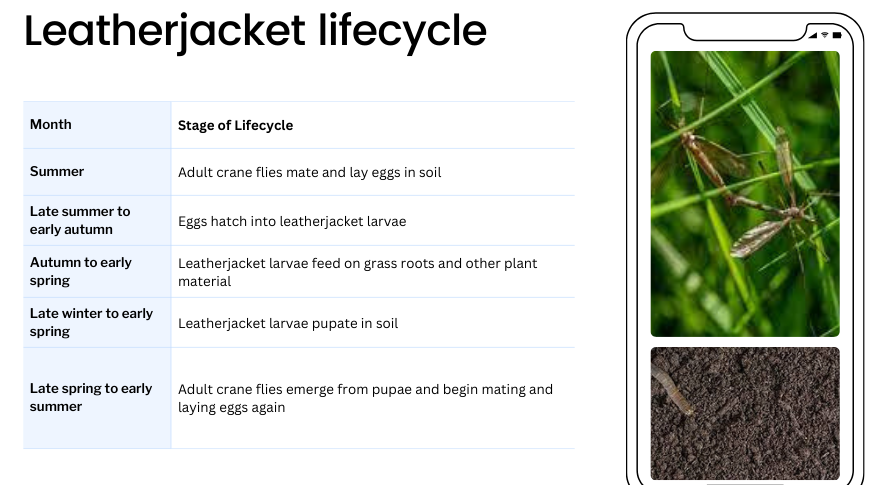
During late summer, usually around August, crane flies come out of the soil in large numbers. They live for a few days, during which they mate and lay eggs in the soil. These eggs turn into larvae called leatherjackets, which stay in the soil for a year, burrowing deeper during the winter months. In the following summer, the leather jackets come to the surface of the lawn and can cause damage. So, if you see Leatherjackets on your lawn during the summer, it means you might have a problem.
How Can I Identify Leather Jackets on My Lawn?
If you notice some yellow-brown areas in your garden with weak grass, it might be because of leatherjacket insects. These insects damage the roots of the grass and make it difficult for it to grow properly. In the springtime, the damage is usually worse because the insects are larger, and if the winter is mild and damp, the damage may be even more severe.
If you dig into the soil, especially around the edges of paths and borders, you might find some brown larvae, which are the young of the leatherjacket insect.
Summing Up
It’s important to maintain a natural balance in your lawn even if you see a few Leatherjackets. However, if the wildlife is causing significant damage to your lawn, you need to take action. This article provides directions on how to control Leatherjackets in your lawn effectively and prevent future infestations. It’s suggested to take before and after pictures to see the difference in your lawn’s condition and share them with the community.
In case you have any other questions regarding this topic, please do not hesitate to ask us. We will be more than happy to answer your questions and solve your problems.
So you can ask any question in the comment section, and we will be glad to help.

